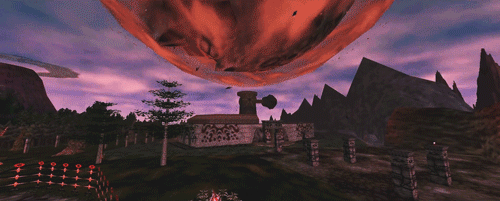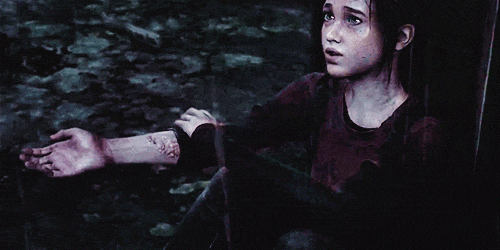Ōkami is an action-adventure video game developed by Clover Studio and published by Capcom. It was released for Sony Computer Entertainment's PlayStation 2 video game console in 2006 in Japan and North America, and in 2007 in Europe and Australia. Despite the closure of Clover Studio a few months after the game's initial release, a version for Nintendo's Wii console was developed and produced by Ready at Dawn, Tose and Capcom, which was released in North America in April 2008, in Europe in June 2008, and in Japan in October 2009.
Set sometime in classical Japanese history, the game combines several Japanese myths, legends and folklore to tell the story of how the land was saved from darkness by the Shinto sun goddess, named Amaterasu, who took the form of a white wolf. It features a distinct sumi-e-inspired cel-shaded visual style and the Celestial Brush, a gesture-system to perform miracles.
Ōkami was one of the last PlayStation 2 games selected for release prior to the release of the PlayStation 3. Although it suffered from poor sales, the game received critical acclaim, earning the title of IGN's 2006 Game of the Year. The Wii version has earned similar praise, though the motion control scheme has received mixed reviews.
The game has the player controlling the main character, Amaterasu, in a woodcut, watercolor style, cel-shaded environment, which looks like an animated Japanese ink-illustration (known as ink wash painting, sumi-e) with other styles of art. The gameplay style is a mix of action, platform, and puzzle gaming genres, and has been noted by many reviewers to have numerous similarities in overall gameplay style to The Legend of Zelda series, an inspiration that director Hideki Kamiya, a self-proclaimed Zelda-fan, has admitted has influenced his general game design. The main story is primarily linear, directed through by Amaterasu's guide Issun, though numerous side quests and optional activities allow for players to explore the game world and take the story at their own pace. By completing quests, side quests and small additional activities (such as making trees bloom into life or feeding wild animals), Amaterasu earns Praise, which can then be spent to increase various statistics of the character, such as the amount of health and number of ink wells for Celestial Brush techniques.
Combat is staged in a ghostly virtual arena, and Amaterasu can fight enemies using a combination of weapons, fighting techniques and Brush methods to dispatch the foes. At the end of combat, money (as yen) is rewarded to Amaterasu, with bonuses for completing a battle quickly and without taking damage. The money can be spent on numerous items from merchants across the land, including healing goods, better weapons, tools and key items for completing quests. The money can also be used to buy new combat techniques at dojos throughout the land.
Additionally, rare Demon Fangs can be earned through combat which can be traded for additional, unique items that are beneficial in gameplay but not required to complete the game. Weapons inspired by the Imperial Regalia of Japan (the Reflector, the Rosaries and the Glaive) can be equipped on Amaterasu as either main or sub-weapons (one each), and used in addition to other melee attacks that the player can have Amaterasu learn through the course of the game.







